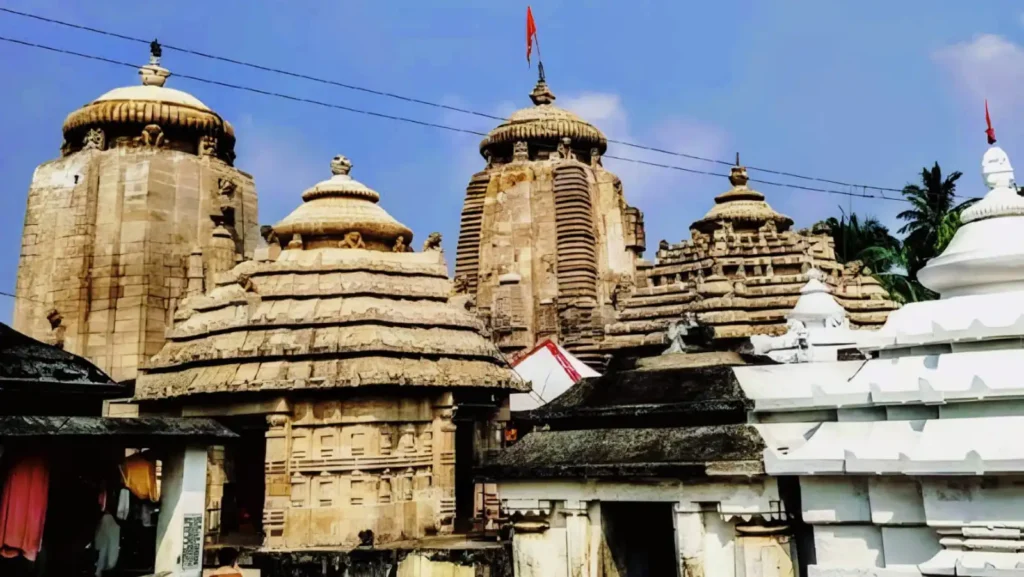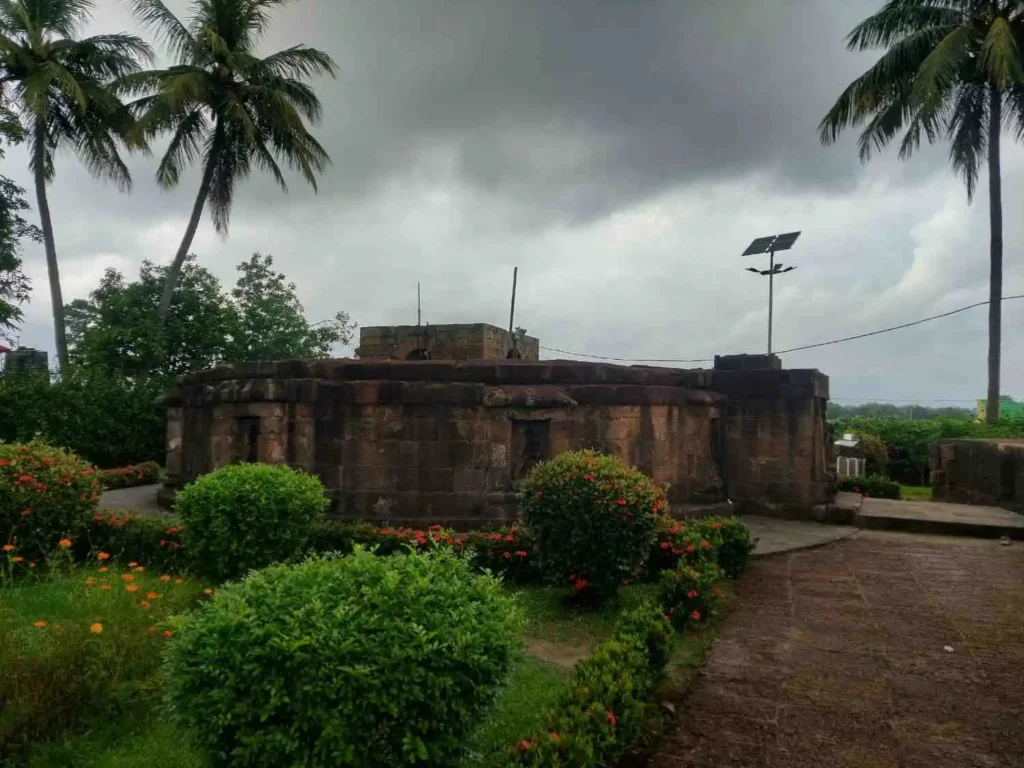
Table of Contents
Tucked in the sacred city of Bhubaneswar, the Kapileswara Temple isn’t just a religious site — it’s a living chapter from Odisha’s glorious history. If you’re someone intrigued by heritage, temple architecture, and the deep spirituality of Odisha, this temple has a story that’s worth your time.
Let’s explore the origin, historical roots, and spiritual significance of the temple — a place that truly reflects the soul of the region.Where History Meets Devotion
The temple stands on the southern fringe of the sacred Kshetra of Bhubaneswar, built by Gajapati Kapilesvara Deva, one of the most powerful kings of the Gajapati dynasty. He ascended the throne on 29th June 1435 AD (Krittivasi Kataka), a date so significant that it launched a new era in Odisha’s history—known as Kapilabda—which people still reference today.
To commemorate this grand event, the king established the village of Kapilesvara and Kapilaprasada, along with a majestic temple dedicated to Lord Shiva, which still stands as a symbol of his legacy.The Evidence Behind the Legend
Historical records are more than just words — they’re whispers from the past. Two important epigraphic records solidify the temple’s historical grounding:
- A chlorite slab with an image of an elephant rider, located at Kapali Matha (near Papanasini tank), mentions Ranasura Maha Senapati, the Commander-in-Chief under Kapilesvara Deva.
- A second inscription near the eastern entrance of Lingaraja Temple’s Jagamohana, dated 28th May 1437 AD, provides further proof of the king’s activities in the region.
Architectural & Cultural Significance
Undoubtedly, the temple actively defines a unique chapter in the temple-building heritage of Odisha. In fact, its construction clearly signaled the end of a golden era—one that began with the Sailodbhava rulers and continued through the Somavamsis and Ganga dynasties.
Later, the Suryavamsi rulers built temples like Daityesvara, Chakresvara, and Kukkutesvara. However, these structures failed to match the innovation and artistry of earlier monuments. As a result, they reflected a visible decline in architectural grandeur. In contrast, Kapileswara Temple proudly stood as the final architectural gem of that magnificent era.Why Visit Kapileswara Temple Today?

Beyond its historical significance, temple offers a serene place for worship. Situated in Bhubaneswar, known as the Temple City of India, the temple draws thousands of devotees who actively seek blessings and peace.
Cultural landmarks like Lingaraj Temple and ancient water tanks like Papanasini surround the area, allowing visitors to experience a journey back in time.People Also Ask – Let’s Answer Your Curiosities
1. Who built Kapileswara Temple in Bhubaneswar?
2. Where is temple located?
3. What is the significance of the Kapilabda Era?
4. What deity is worshipped at Kapileswara Temple?
5. What makes Kapileswara Temple shape Odisha's temple history?
Final Thoughts – Why Kapileswara Temple Deserves Your Attention
The temple is more than just another Shiva temple in Odisha. It is a sacred monument deeply interwoven with the legacy of a king, the end of an era, and the heart of Bhubaneswar’s cultural identity. Whether you’re a history lover, a spiritual seeker, or a cultural explorer, this temple is a must-visit.


